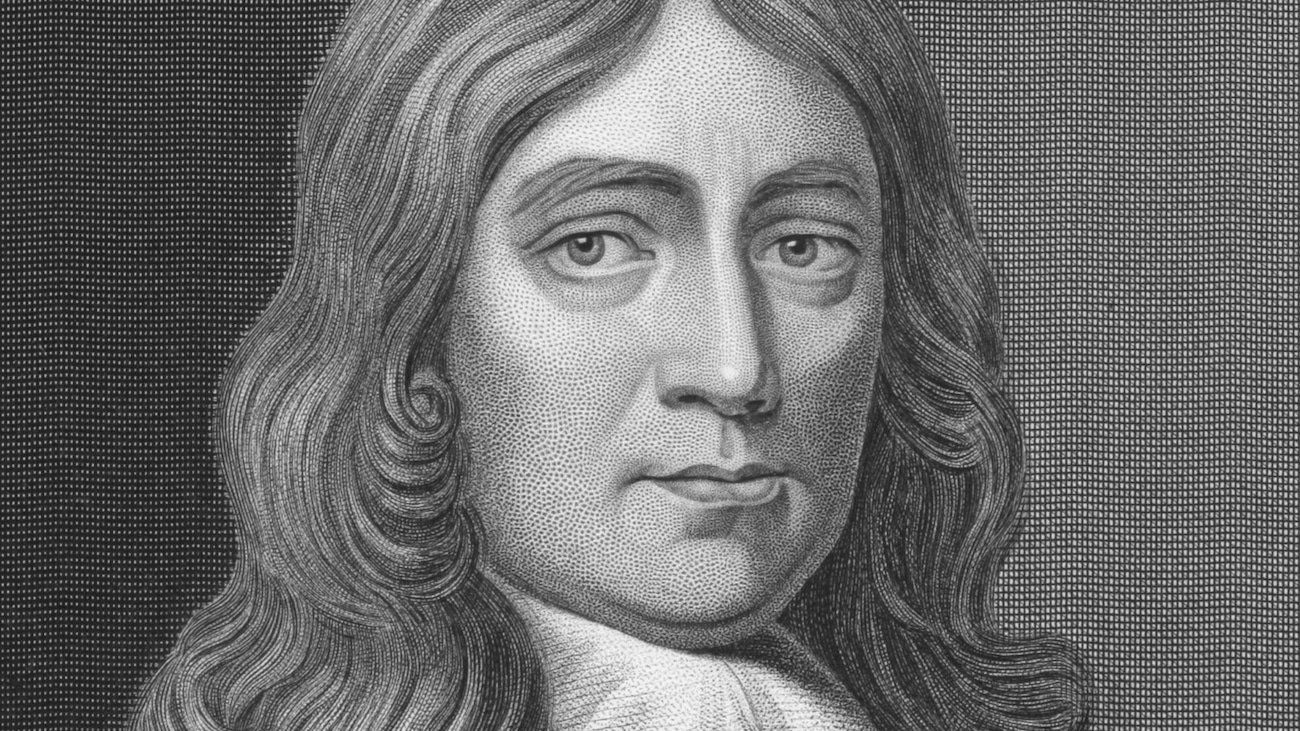Recently, I was reading through yet another article about the history of astronomy, and once again encountered a statement that our ancestors thought they lived in a reassuring small universe, with the Earth at its center. Of course, nobody today believes that the solar system revolves around the Earth anymore, but I now remembered my classical reading over the years, that did speak instead of the overwhelming size of the universe.
It was time to check on my memories. It was time, in short, to use the U.S. Library of Congress, as usual.
The first, and perhaps easiest source, since it was in English, was John Milton’s Paradise Lost, published in 1667 AD. In Book 8, Adam and the archangel Raphael are having a dialogue about the universe.
Adam starts it off, with: “Their magnitudes, this Earth a spot, a graine [line 17] An atom, with the Firmament compar’d…” [18].
Raphael responds, eventually, “Though, in comparison of Heav’n, so small, [92] Nor glistering, may of solid good containe…” [93].
Later on, Raphael, by the way, refuses to tell Adam whether the Sun revolves around the Earth, or the Earth around the Sun: “Solicit not thy thoughts with matters hid…” [167].
Also, a few lines later, Raphael shows himself to be no fan of science fiction: “Dream not of other Worlds, what Creatures there [175] “Live, in what state, condition, or degree…” [176]
Next was The Consolation of Philosophy, written in the early 500s AD by an ancient Roman named Boethius. According to an 1897 translation by an H.R. James, in Book 2, chapter 7, “The whole of the Earth’s globe…compared with the expanse of heaven is found no bigger than a point…if measured by the vastness of heaven’s sphere, it is held to absolutely no space at all.”
Then there was Ptolemy’s Almagest, book 1, section 6, c. 150 AD. Yes, that Ptolemy, whose geocentric model of the solar system affected science for over a thousand years. Even so, he too compared Earth’s size to a mathematical point. Oh, and he also knew the Earth was a sphere.
Even further back, in 77 AD, was the Natural History of Pliny the Elder, in book 2, section 41. He too wrote of the universe’s size: vastitas caeli immensa.” If my 5 ½ years of partially-remembered school Latin is correct, it is ‘the immense vastness of the sky.”
Or, like many people throughout history, he too knew the Earth was round: “orbem certe dicimus terrae,” or “We definitely speak of the roundness of the Earth.”
The idea did not start with Columbus.
So, after all, many of our ancestors did know of creation’s huge size. Perhaps the opposite impression in our time comes from those cramped medieval European textbook illustrations, showing the solar system and the “fixed stars” crammed onto one page. It’s a problem with modern textbooks too, and sometimes they include a caption like “not drawn to scale.”




